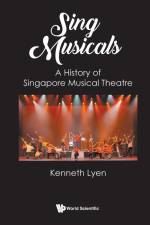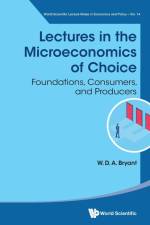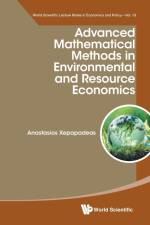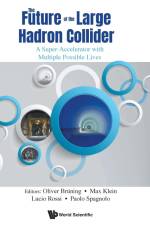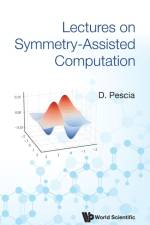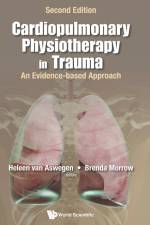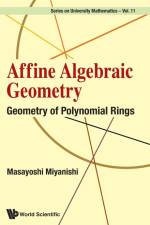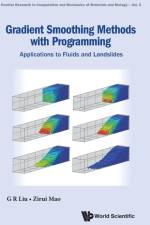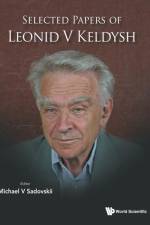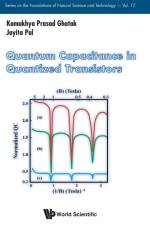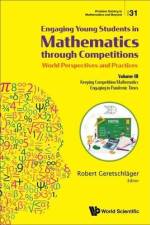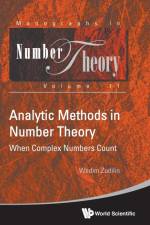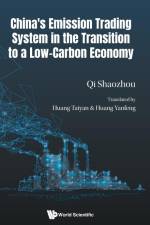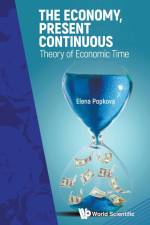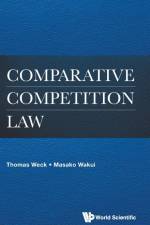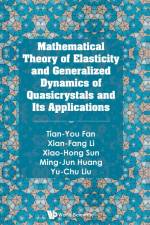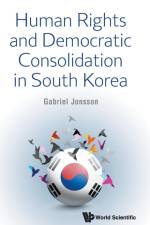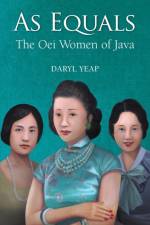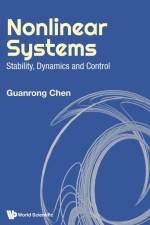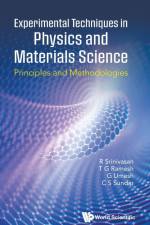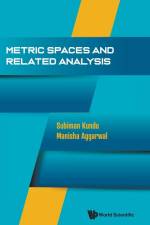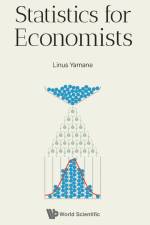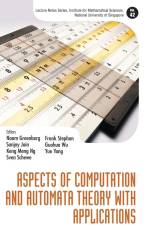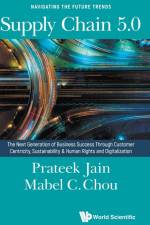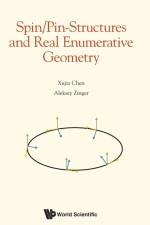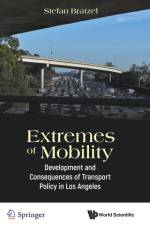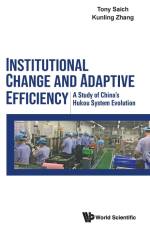av Kamakhya Prasad Ghatak
2 767
In recent years, there has been considerable interest in studying the quantum capacitance (QC) in 2D quantum MOSFETs (QMOSFET) and 1D Nano Wire FET (NWFET) devices of various technologically important materials which find extensive applications in many directions in low dimensional electronics. The 2D and 1D electron statistics in inversion layers of MOSFETs can rather easily be varied by changing the gate voltage which, in turn, brings a change of the surface electric field, the QC depends on the gate-voltage. This first-of-its-kind book deals solely with the QC in 2D MOSFETs of non-linear optical, ternary, quaternary, III-V compounds, II-VI, IV-VI, stressed Kane type, Ge, GaP, Bismuth telluride, Gallium Antimonide and their 1D NWFETs counter parts. The influence of quantizing magnetic field, crossed electric and magnetic fields, parallel magnetic field, have also been considered on the QC of the said devices of the aforementioned materials. The influences of strong light waves and ultra-strong electric field present in nano-devices have also been considered. The accumulation layers of the quantum effect devices of the said materials have also been discussed in detail by formulating the respective dispersion relations of the heavily doped compounds. The QC in 1D MOSFET of the said materials have also been investigated in this context on the basis of newly formulated electron energy spectra in all the cases. The QC in quantum well transistors and magneto quantum well transistors together with CNTFETs have been formulated and discussed in detail along with I-V equations of ballistic QWFETs and NWFETs together with their heavily doped counter parts under different external physical conditions. In this context, experimental determinations are suggested of the Einstein relation for the Diffusivity-Mobility ratio, the Debye screening length, Elastic Constants and the content of this book finds twenty-two different applications in the arena of nanoscience and nanotechnology.This book contains hundred open research problems which form the integral part of the text and are useful for both PhD aspirants and researchers.

